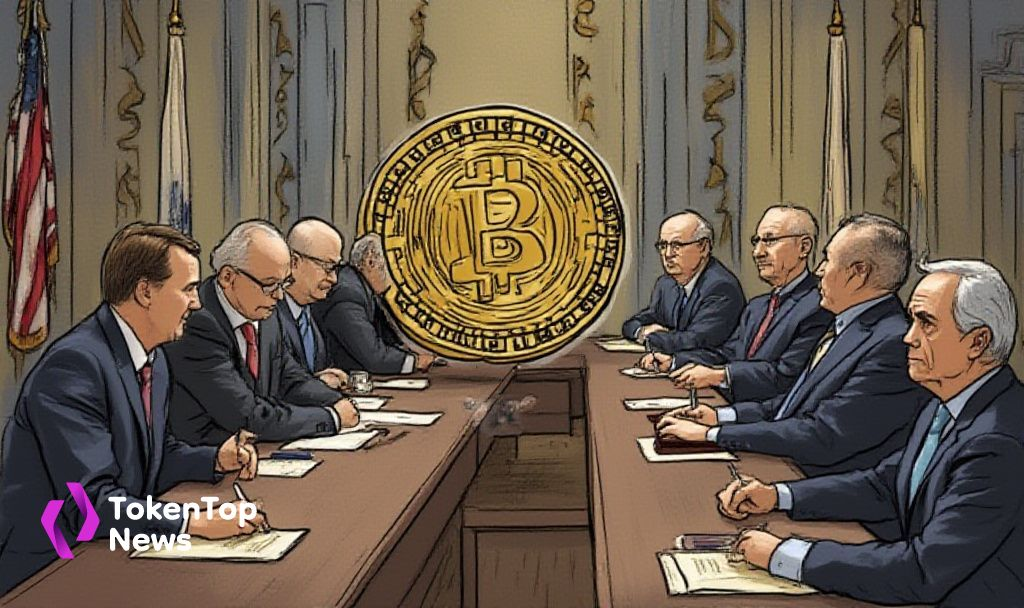Bitcoin Dominance Peaks as FOMC Decision Approaches
- Bitcoin BTC -1.02% ’s dominance hits a 4-year high, signaling risk-aversion.
- FOMC meeting triggers market anticipation.
- Low volatility hints at imminent price activity.

Bitcoin’s market dominance has surged to over 65% as of May 6, 2025, reflecting cautious investor sentiment ahead of the Federal Open Market Committee (FOMC) meeting on May 7, 2025.
Investor caution escalates as Bitcoin’s dominance increases, indicating widespread market positioning before the FOMC meeting, which typically impacts cryptocurrency volatility.
Bitcoin dominance has reached a 4-year high as anticipation mounts for the upcoming FOMC meeting. Crypto investors appear risk-averse, positioning for potential market volatility. Analysts emphasize the significance of the Federal Reserve’s decision during this period.
Analysts Joel Kruger and Vetle Lunde have noted the market’s current state as highly anticipative, with potential for volatile reactions post-FOMC announcement. The crypto market’s dynamics are closely observed with Bitcoin nearing $95,000.
“The crypto market is currently in a holding pattern as it awaits key catalysts, specifically highlighting the upcoming FOMC decision as a critical factor.” – Joel Kruger
Bitcoin trading volumes and market dominance indicate investors’ preference for BTC over altcoins as the FOMC’s influence looms. The rising dominance reflects a move to safer assets amid anticipated economic shifts.
Financial experts predict that Bitcoin could experience either a rally or a correction following the FOMC decision, linking recent trends to historically significant market fluctuations after past meetings. Volatility forecasts remain critical as market participants await clarity.
Community sentiment remains mixed, with an evident shift to stablecoins as risk-averse trading prevails. The market anticipates potential catalysts that could unleash significant changes in cryptocurrency valuations and perceptions.
Bitcoin’s dominance displays a clear indication of investor caution against potential FOMC-driven volatility. Historical price swings following similar precedents serve as a stark reminder of possible market behaviors. Regulatory insights could shape the future landscape.




